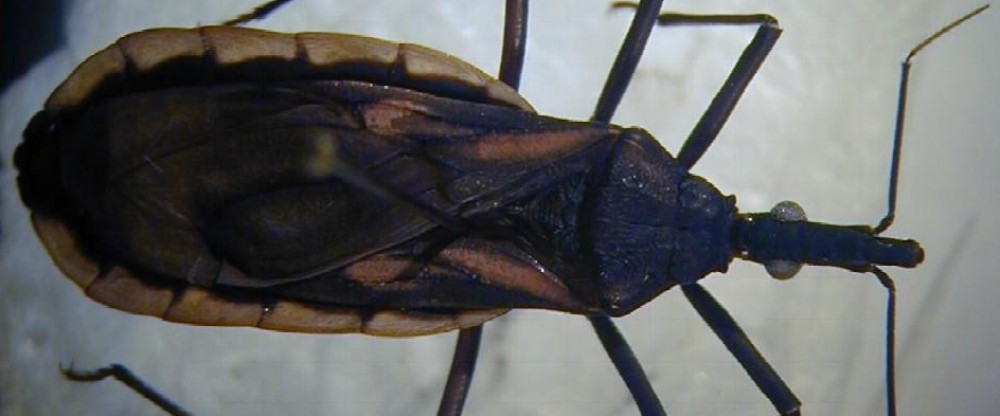Tanasak Changbunjong 1,2 , Suchada Sumruayphol 3 , Thekhawet Weluwanarak 2 , Jiraporn Ruangsittichai 3 and
Jean-Pierre Dujardin 4
1
Department of Pre-clinic and Applied Animal Science, Faculty of Veterinary Science, Mahidol University, Nakhon Pathom,
Thailand;
2
The Monitoring and Surveillance Center for Zoonotic Diseases in Wildlife and Exotic Animals, Faculty of Veterinary Science,
Mahidol University, Nakhon Pathom, Thailand;
3
Department of Medical Entomology, Faculty of Tropical Medicine, Mahidol University, Bangkok, Thailand;
4
Institut de Recherches pour le Développement, Campus International de Baillarguet, Montpellier, France
Folia Parasitologica 2016, 63: 037
doi: 10.14411/fp.2016.037
Abstract:
Adult flies of the genus Stomoxys Geoffroy, 1762 (Diptera: Muscidae), especially S. pullus Austen, 1909, S. uruma Shinonaga et Kano, 1966 and S. indicus Picard, 1908, are morphologically similar and sometimes difficult to distinguish when using external
morphological characteristics. These species may act as vectors and/or potential vectors of many pathogens (virus, bacteria and protozoa). Their correct identification is important to target the vectors involved in the transmission of the pathogens and also helps in the fly control program.The aim of the present study was to distinguish three species which are difficult to separate using traditional diagnostic characters for species of Stomoxys such as colour patterns and body proportions. Modern morphometrics, both landmark and outline-based, was used to access wing geometry of S. pullus, S. uruma and S. indicus. A total of 198 and 190 wing pictures were analysed for landmark- and outline-based approaches, respectively. Wing shape was able to separate species and sexes of the three Stomoxys flies with highly significant difference of Mahalanobis distances. The cross-validated classification scores ranged from 76% to 100% for landmark and 77% to 96% for outline-based morphometrics. The geometry of wing features appears to be a very useful, low-cost tool to distinguish among the vectors S. pullus, S. uruma and S. indicus. Keywords: muscidae, landmarks, outlines, Stomoxys pullus, Stomoxys uruma, Stomoxys indicus.
